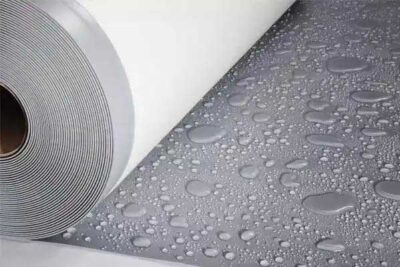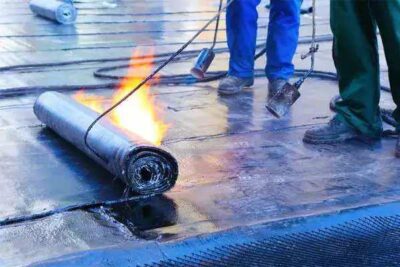
Contents
One of the most commonly used minerals in the epoxy flooring industry is quartz sand (also called silica sand). It is a hard mineral ideal for industrial floors. However, quartz has many different uses in epoxy floors and this can lead to confusion among customers and contractors as to its intended use.
The main uses of quartz sand in epoxy floors are listed below. Remember that sometimes this sand can serve more than one purpose. This article refers to quartz sand, which can vary from very fine silica sand to 2mm quartz granules.
As an anti-slip aggregate;
The goal is to achieve a rough texture on the floor that will give it anti-slip properties. This is achieved by adding sand to the wet coat. The larger the quartz granule, the higher the anti-slip coefficient will be. Non-slip floors are used in pedestrian crossings, manufacturing facilities (exposed to oils and chemicals), parking lots, ramps, etc. common in the fields.
As a filler for self-leveling systems;
Quartz sand is often added as a ‘third component’ in self-leveling flooring systems. The purpose of quartz here is twofold: It increases the hardness of the screed by adding it to the floor. It is also used to stack epoxy and reduce epoxy consumption per square meter without requiring any mechanical properties. In such systems, the quartz sand does not remain visible after the application. It is mixed with the epoxy material and the floor should obtain a smooth surface.
As a filler for grouting and coating;
A large amount of quartz in the epoxy mixture can make the product thick like a grout. Injection holes can be used to build round coves around the edges of the floor, even for cracks. However, not all epoxy resins are suitable for such a job. (For example, high solvent epoxy systems should not be mixed with this sand.) It is always recommended to consult the manufacturer first.
As a decorative component of the floor;
In this case, it becomes an important visible component of the decorative aspect of the floor. Coated quartz granules are widely used for such purposes. Trowel-applied systems and very popular in retail areas and pedestrian areas.
As a binding agent;
It is a great material for ensuring intercoat adhesion and minimizing the risk of delamination. A common procedure is sprinkling quartz sand over a wet primer (or base coat). This will help subsequent layers adhere. This method is very useful if several days pass between coating the next layer. Better adhesion and smoothing of each layer is ensured. This method is recommended for thicker floor coverings (such as self-leveling epoxies).







